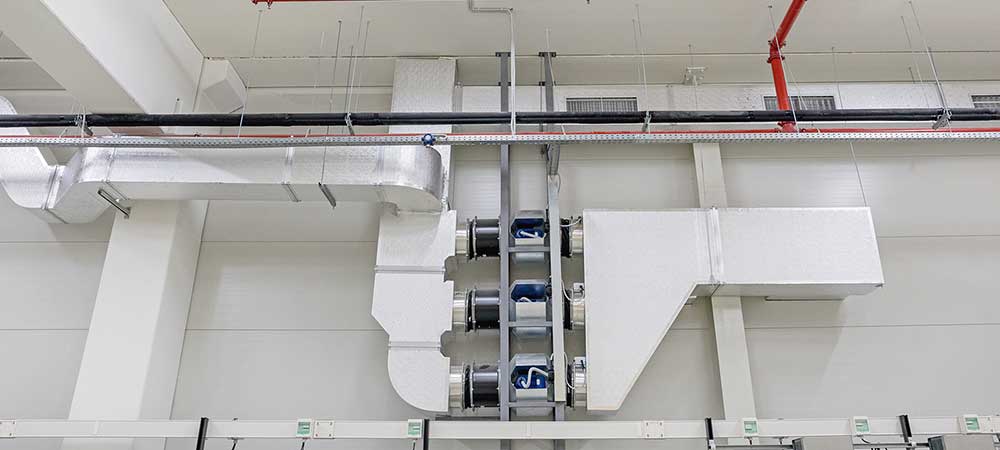What Does an Air Conditioning Air Handler Do?
You know that your air conditioner keeps your home cool and comfortable year-round. However, that refreshingly cool air must get to your room somehow. That’s where the air conditioning air handler comes into play.
Fresh Cool Air, Delivered to You
True to its name, the air handler basically “handles” the movement of air throughout the AC system and your home. Instead of dumping cool air in one place and hoping it eventually migrates, the air handler pushes cool air to specific points throughout your home. That makes it easier to evenly cool your home on a sweltering summer’s day, plus you’ll save energy and avoid racking up a huge electricity bill.
Keep in mind that the air handler makes up the indoor portion of your AC system, especially if you have a split AC unit or heat pump. The outdoor portion, on the other hand, exists to help release heat from the refrigerant into the outdoors.
Anatomy of an Air Handler
Take a peek at most air handlers and you’ll find the following components:
- Blower Fan – This is what ultimately gets the air moving inside your AC system. The blower fan not only draws indoor air through the air filter and evaporator coil, but it also pushes cool air out of the air handler and into your living spaces.
- Air Filter – Before air even has a chance to enter your AC system, it has to flow through one or more air filters. This removes dust, debris and other potential pollutants and contaminants before they accumulate inside your AC system.
- Evaporator Coils – As air from the blower fan flows over and through the evaporator coils, the refrigerant within absorbs excess heat trapped within the air. This effectively cools the air – an important part of the air conditioning process.
- Ductwork – While it’s not necessarily a part of the air handler, its importance in moving cool air can’t go unstated. A typical split air conditioning system uses ducts to channel cool air where it’s needed inside your home. Ductless mini-split AC systems don’t use ducts, but instead use multiple air handlers to deliver cool air where you need it in your home.
Single Speed or Variable Speed?
Most air handlers contain blower fans that are either “single-speed” or “variable-speed.” As the name implies, the former operates at a single, fixed speed when turned on. Air handlers equipped with single-speed blower fans are more affordable, but ultimately use more energy.
Variable-speed blower fans, on the other hand, operate at a wide range of speeds. Not only can you control air flow with greater precision, but you’ll also enjoy more consistent cooling and reduced energy consumption over the long run.
Checking Your Air Conditioning Air Handler
Like any other part of your air conditioning system, air handlers can lose their performance over time. Common problems you could run into as time goes on include:
- Dirty air filters
- Dirty or damaged evaporator coils
- Damaged fan blades
- Worn-out bearings and contacts inside blower fan motor
- Worn belts driving blower fan motor
For the best performance, make sure to keep up with regularly scheduled maintenance. Most air handlers have a 10-to-12-year lifespan under normal operating conditions. When replacing your AC unit, make sure your replacement air handler matches with the rest of the unit.


